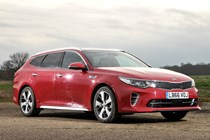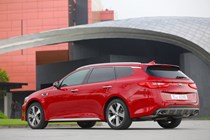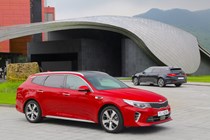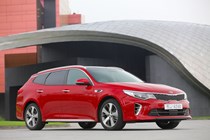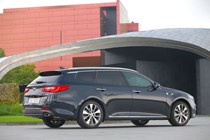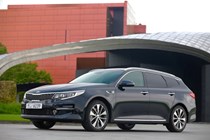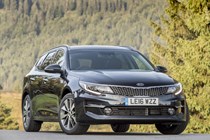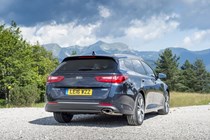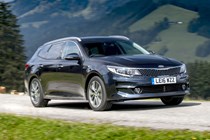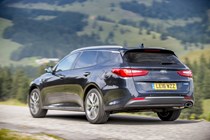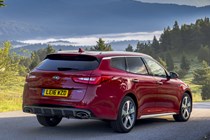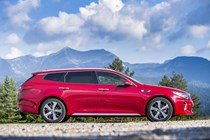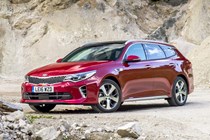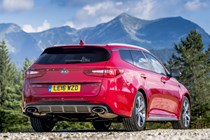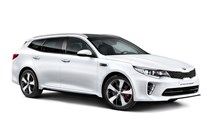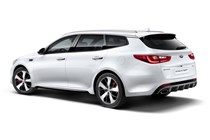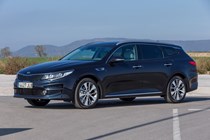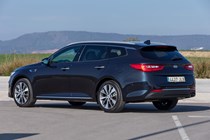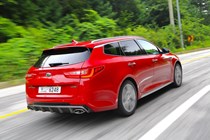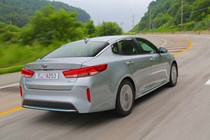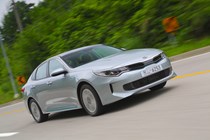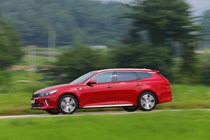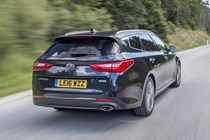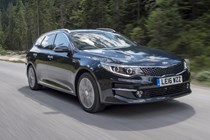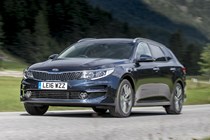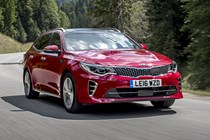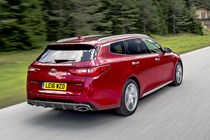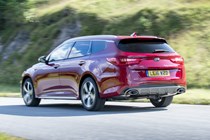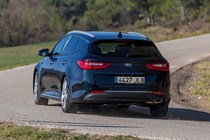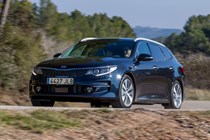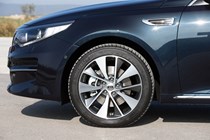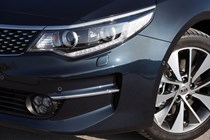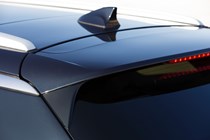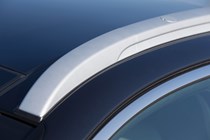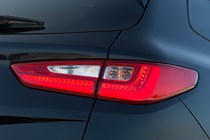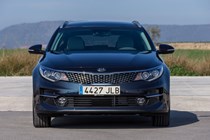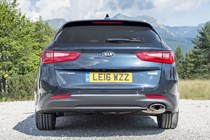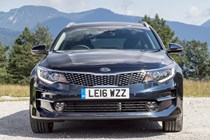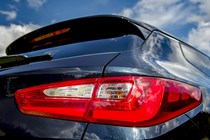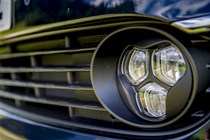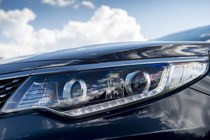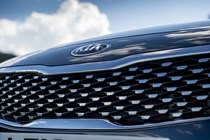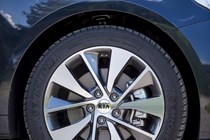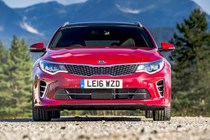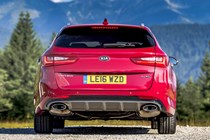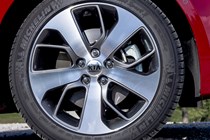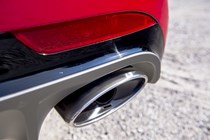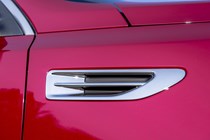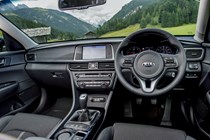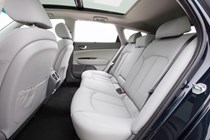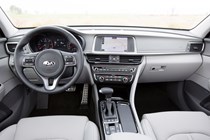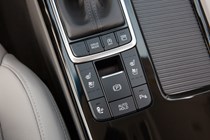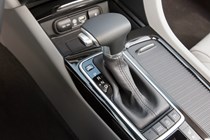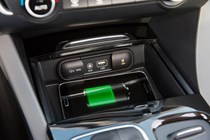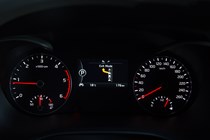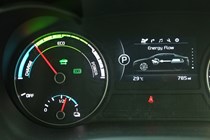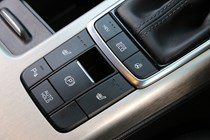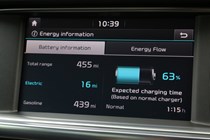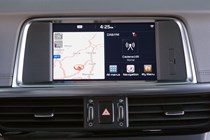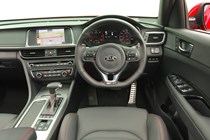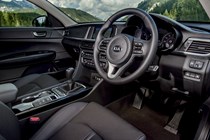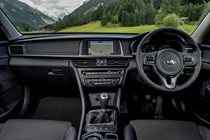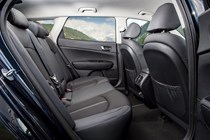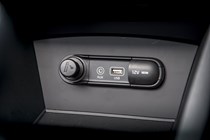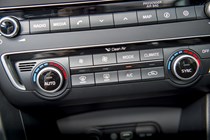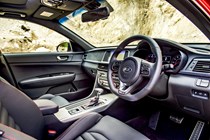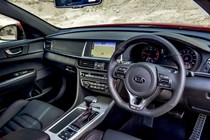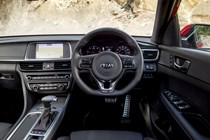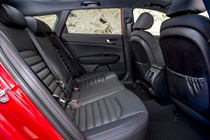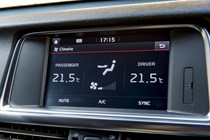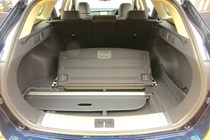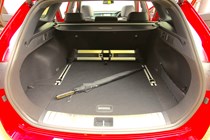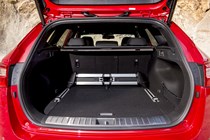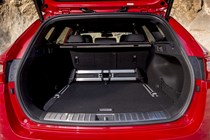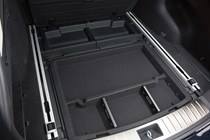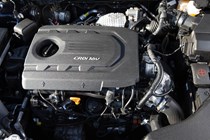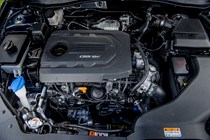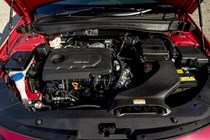Kia Optima Sportswagon engines, drive and performance
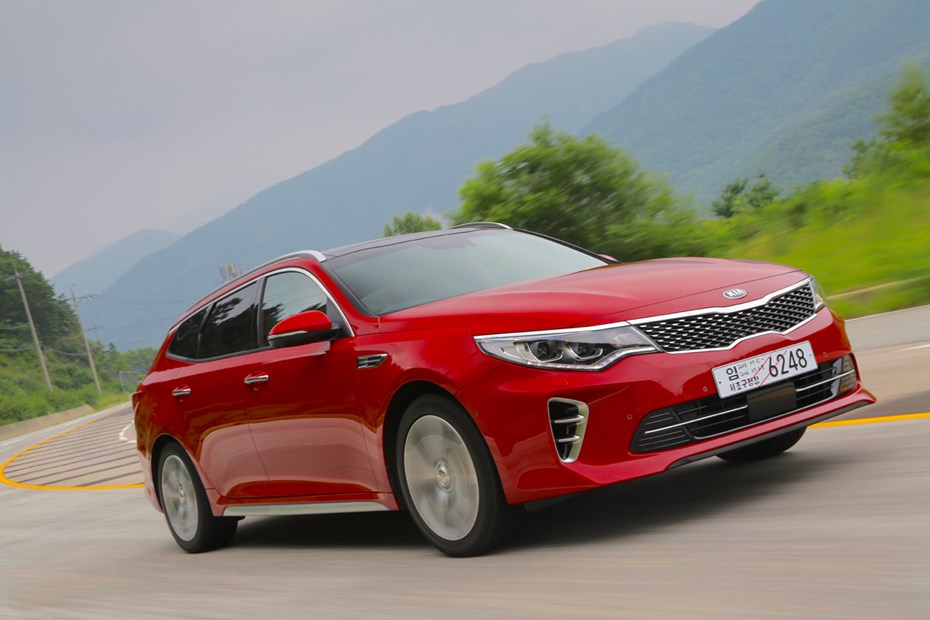
For the time being there’s only one engine on offer, a 1.7-litre diesel engine offered with two different gearboxes.
Diesel engine
Carried over from the saloon is Kia’s 1.7-litre CRDi turbocharged diesel engine, which develops 141hp and 340Nm of torque.
Thanks to standard-fit stop/start technology you can expect only a small penalty in terms of CO2, with the estate putting out only 3g/km more than the saloon with a manual gearbox.
Fuel economy for both versions is claimed to be in the low 60s, again with the manual ‘box performing better.
The final victory for the self-shifter is the benchmark 0-62mph sprint, which it completes in 9.8 seconds compared with the auto’s 10.7 seconds.
In reality while neither feels blisteringly fast, there’s plenty of mid-range shove to help you complete overtaking manoeuvres and a keenness to get going from a standstill. The only area where this engine falls down a bit in is in outright urgency at higher speeds, largely in part to the longer ratios of the higher gears.
Two gearboxes
Available on the first two trims is a six-speed manual gearbox that goes about its business with deftness and precision. It’s not the most soul-stirring thing to operate but it’s easy to use and snicks between rations with a pleasing action.
The more expensive seven-speed dual-clutch automatic comes with the top two trims and gives you the choice of Normal, Eco and Sport modes, taking in the transmission’s shifts and throttle response. Sport setting speeds up the shifts and also gives the ‘box more urgency to drop down a gear or two in response to a jab of the throttle.
You can also grab hold of two steering wheel mounted paddles to take control of the gearbox if you wish, but we found it worked just fine by itself.
Not a traditional Kia strong point but an area where the Korean manufacturer is keen to make up ground on its rivals like the Ford Mondeo.
The Optima Sportswagon retains the saloon’s suspension architecture but uses its own spring and damper rates meaning you get a comparable ride quality and driving experience in either model, despite the larger car’s rearward bulk and higher centre of gravity.
It’s not a class-leading steer but manages to keep pace with the competition with more aptitude than ever, particularly the updated traction control system that doesn’t step in quite so aggressively. Grip levels are good and there’s less bodyroll than you would expect from a car of this type.
The steering feels linear and accurate thanks to a special power steering motor, which reacts more directly to your inputs and gives you a better feel of the road.


